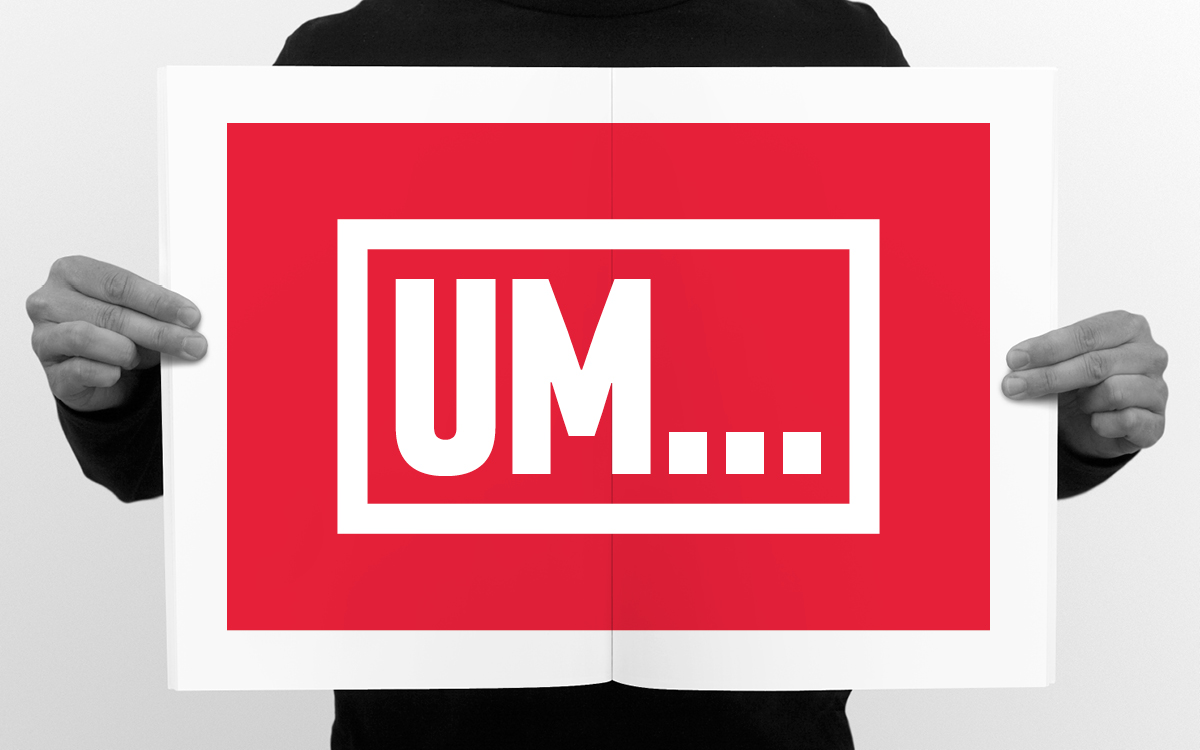You’ve got a huge presentation coming up. You know your material. You know your audience. But you’re not totally confident that you’re going to nail it. Here are 6 things you should DO and then six things you should NOT DO in order to make this presentation your best ever.
Do These Things!
1. Focus on the problem.
The reason you started your business was to solve a big problem in your industry. Make that problem become personal to your audience. If you need to understand why this point is so important, watch this TED Talk and then remember why you are doing what you are doing. People do not buy your “what.” They buy your “why.” Focus on the problem you are solving. That is your “why.”
2. The “Ask.”
When you say what or how much you’re asking for or how much you’re raising, give a number. One number. Say it confidently. Repeat after me: “We are raising 2.5 million dollars in Series A funding.” Giving a range means you’re not sure. Be sure, or don’t say it.
3. Practice.
By the time you get to your audience, you should have performed your presentation at least 10 times, in full, in front of some audience, preferably actual people. You should have your entire presentation memorized. Your slides should merely be your cues for what to say next.
4. Size matters.
If you really, absolutely, positively MUST have text on your slides, MAKE THE TEXT HUGE! A good rule of thumb is that any text on any slide should be at least 50-point type. Anything smaller than that and the people in the back of the room will struggle to read it.
5. Be funny.
If you’re going to use planned humor, make it really, really good. If it falls flat, you’re going to be knocked off your game. Figure this one out during the many practice sessions that you are going to have with real people in the room whom you trust to tell you what’s good and what’s not. If you have not tried and succeeded with your humor in practice, do not do it at show time.
6. Images.
Use professional, relevant, beautiful images to capture your audience on every slide. Then tell the story that the image depicts. Using an image makes an entire point instantly for your audience, allowing them to then focus on you to provide the details.
Do not do these things!
1. Read.
Do not ever read your slides. Ever. You won’t have to if you follow point #4 above and start off by not using any text at all. Remember: a picture tells a thousand words. Use beautiful images to give your audience instant recognition of the topic. You want them focused on you and the story you’re telling.
2. Screenshots.
Do not show teeny tiny little bitty demo screens in a power point. The same reasons for not putting text on slides apply here. Do not use full screen demo shots of your software or product. Ask yourself again, do you want your audience staring at the screen trying to figure out what’s there, or do you want them totally focused on you as you tell the story?
3. Ben Stein.
If you speak in a monotone naturally, as Ben Stein does in this clip from Ferris Bueller’s Day Off, get some coaching to help you break it up a little. You do not want to be remembered for being boring. Monotone speakers put audiences to sleep, no matter how interesting the material is. You need to have an objective 3rd party to tell you honestly about your voice tone and cadence.
4. Tiny Charts.
Do not show teeny tiny little bitty charts in a power point. Your audience won’t be able to see all the details and you’ll spend your valuable time saying things like “You probably can’t read this chart, but…” So don’t do it. If the chart is not completely obvious and easy to read, do not include it in your deck.
5. So.
Do not start on each slide by saying, “So, let’s talk about our _____________.” Just talk about it. Naming each slide is as bad as reading each slide. Your presentation should be a wonderful story that you have memorized and can deliver to anyone at anytime. Stopping to say, “So, let’s talk about ______,” makes it obvious to the audience that this slide is a surprise. You didn’t see it coming, even though this presentation is your presentation.
6. Text.
Do not fill a slide – any slide ever – with text bullet points. No matter how tempting it is to deliver a list of facts on a slide that your audience must squint to read, don’t do it. Refer to point number 6 that you should DO above. Show the image, tell the facts.
Your presentation is the cake, but you are the icing on the cake. You want your audience to be paying 100% attention to you, and not trying to find their glasses to read the tiny text on a slide while you read it to them at the same time. Make your presentations an event that your audience will remember by DOING the right things and NOT DOING the wrong things.
Get more great content sent to your inbox.
